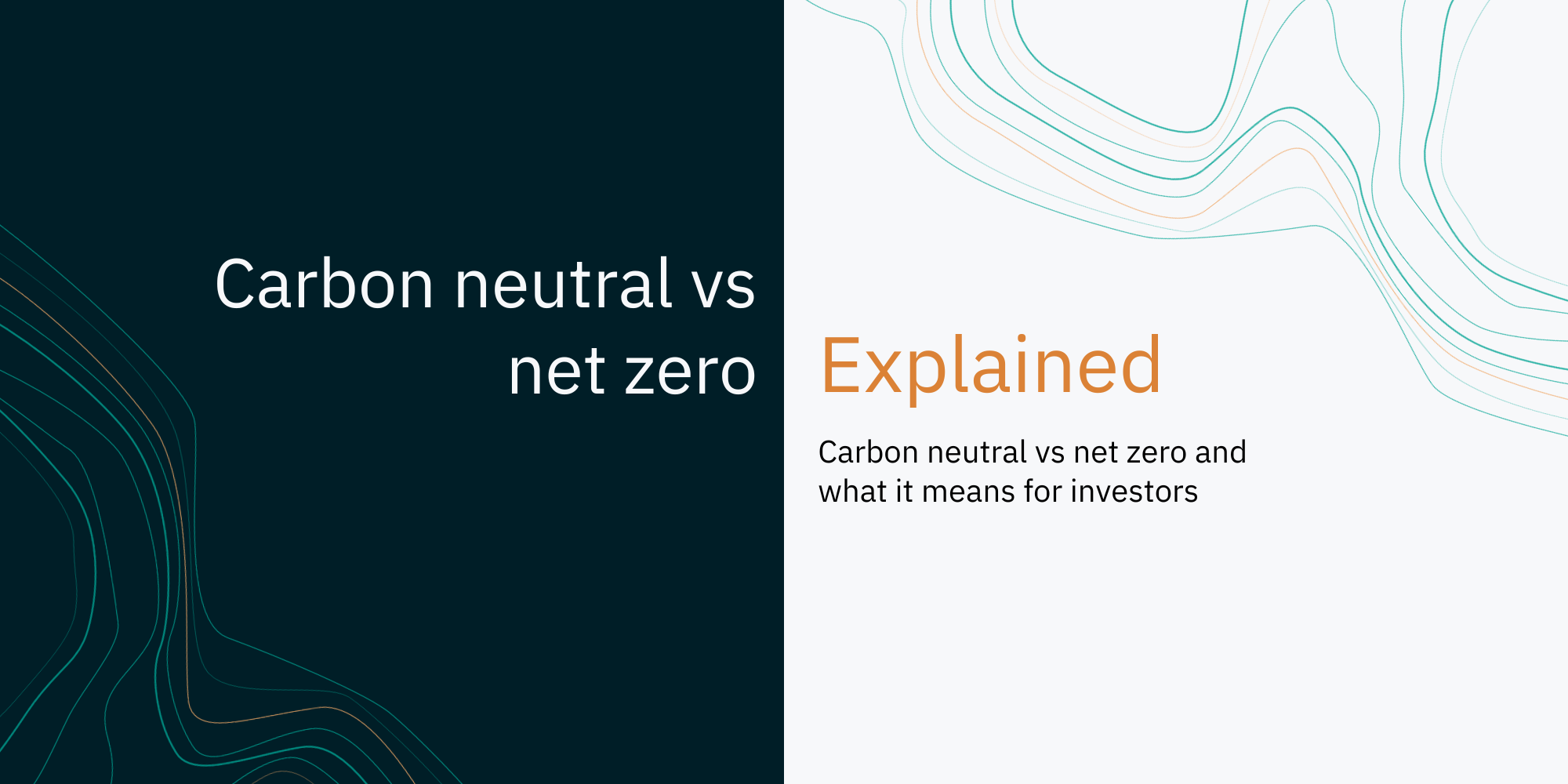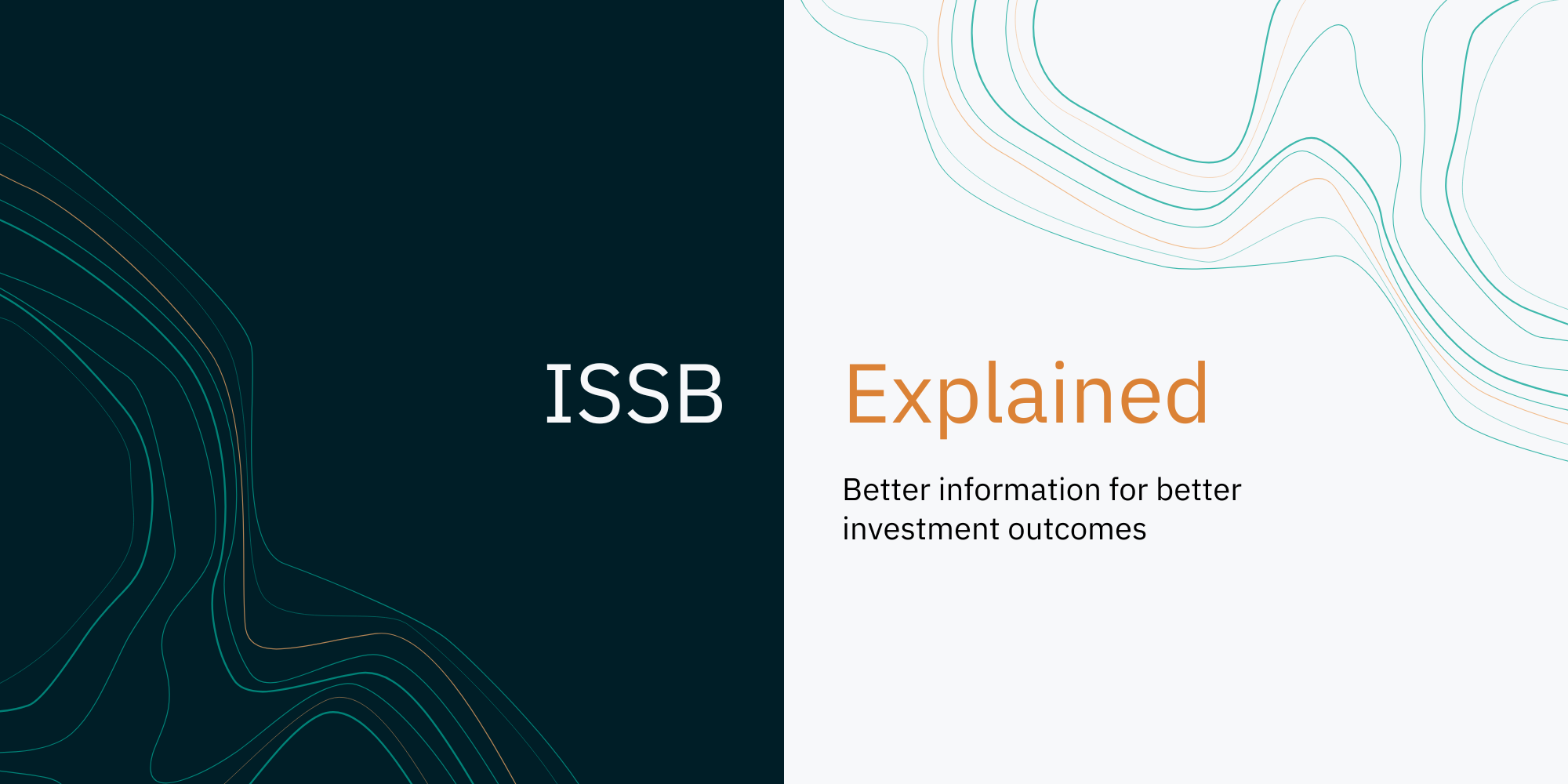Carbon neutrality has become an increasingly important concept in recent years as the world has become more acutely aware of the impact that human activities are having on climate change.
In this introductory guide, we explore carbon neutral certification, how certification brings integrity to claims, and why it makes business sense for diverse organisations to become carbon neutral certified.
Key sections in this guide
- What is carbon neutral certification?
- How does carbon neutral certification contribute to reducing carbon emissions?
- What are the benefits of being a carbon neutral certified organisation?
- What does becoming a carbon neutral certified organisation involve?
What is carbon neutral certification?
Carbon neutral certification is awarded to organisations that have credibly achieved a state of carbon neutrality.
This can include small and medium sized enterprises, non-profit organisations, energy retailers, law firms, councils, and airlines, to financial institutions such as banks, asset managers and asset owners.
Carbon neutral means that an organisation has reduced its greenhouse gas emissions where possible, then compensated for emissions that it is unable to eliminate by investing in carbon offset projects. Through this process, the organisation becomes carbon neutral.
Carbon neutral certification is provided by a range of public and private organisations around the world to strengthen the integrity of carbon neutrality claims.
The Australian Government’s Climate Active carbon neutral certification is one of the world’s most rigorous and credible carbon neutral certifications available.
Climate Active is a partnership between the Australian Government and Australian businesses to drive voluntary climate action. The Climate Active initiative and Climate Active Carbon Neutral Standard supports and guides businesses in accounting for and reducing carbon emissions.
Importantly, the Climate Active Carbon Neutral Standard is underpinned by carbon accounting and offsets integrity principles, and built upon international best-practice standards and greenhouse gas protocols including:
- Australian Standard (AS) ISO 14064 series
- International Standard ISO 14040 series
- ISO 14065:2013 – Greenhouse gases
- The Greenhouse Gas Protocol standards
Climate Active carbon neutrality claims are subject to independent verification. This ensures the integrity of the carbon neutral claim.
How does carbon neutral certification contribute to reducing carbon emissions?
Climate Active carbon neutral certified organisations are part of Australia’s collective effort to measure, reduce, and offset greenhouse gas emissions to reduce our negative impact on climate change.
The certification supports the community, as well as organisations throughout supply chains and markets, to identify and choose to purchase from, work with, or invest in organisations that are taking verifiable action on climate change.
Becoming a carbon neutral certified organisation is about contributing to good decisions today, that will collectively reduce greenhouse gas emissions and accelerate progress towards Paris Agreement goals.
What are the benefits of becoming a carbon neutral certified organisation?
Carbon neutral certification makes business sense – it allows an organisation to:
- demonstrate integrity in its climate action
- meet client, customer, and stakeholder expectations
- step up and be recognised for leadership
- enhance reputation and brand
- generate revenue – through enhanced reputation and brand
- generate operational savings
- improve organisational efficiencies
- grow and compete in a low carbon future
- reduce climate-related financial risks
- reduce potential for greenwash
- attract talent
- engage employees.
What does becoming a carbon neutral certified organisation involve?
For an organisation to become carbon neutral certified, it must meet the requirements of the Climate Active Carbon Neutral Standard, or the standard through which it is seeking certification.
Broadly, to achieve certification, organisations must measure emissions, reduce these where possible, offset remaining emissions and then publicly report on their achievement.
Here is a snapshot of what is involved in becoming a carbon neutral certified organisation.
Measure
The first step in becoming carbon neutral certified is to measure the organisation’s current greenhouse gas inventory.
This involves calculating the total amount of greenhouse gas emissions that the organisation’s activities or operations generate.
This can include emissions from energy use, transportation, waste disposal, and any other activities that generate greenhouse gases.
Reduce
An organisation typically then takes steps to reduce its greenhouse gas emissions by implementing reduction initiatives and strategies.
These can include increasing energy efficiency, using renewable energy sources, reducing waste or working collaboratively with partners to reduce emissions up and down stream of the supply chain.
Offset
Any remaining emissions that cannot be eliminated through reduction initiatives are offset by purchasing carbon credits or investing in carbon offset projects that reduce emissions, remove carbon from the atmosphere, or prevent emissions from being released.
Report
The final step is to report the results of the carbon neutrality claim, including measurement, reduction initiatives, and offset projects.
This helps to demonstrate the organisation’s commitment to reducing greenhouse gas emissions and contributes to the overall transparency and accountability of the carbon neutrality claim.
Reporting can also help to identify areas for improvement and set new targets for future carbon neutrality claims.
We’re here to help
Pathzero Clarity is a carbon management platform that enables the disclosure of corporate emissions and the actions being taken to manage them. The platform provides everything an organisation needs to reach carbon neutral status, or to go further and become carbon neutral certified through Climate Active.
Pathzero is a Climate Active registered consultant and trusted partner in supporting clients through the Climate Active carbon neutral certification process.
Our sustainability consultants are available to assist you in understanding the most suitable option for your business.




